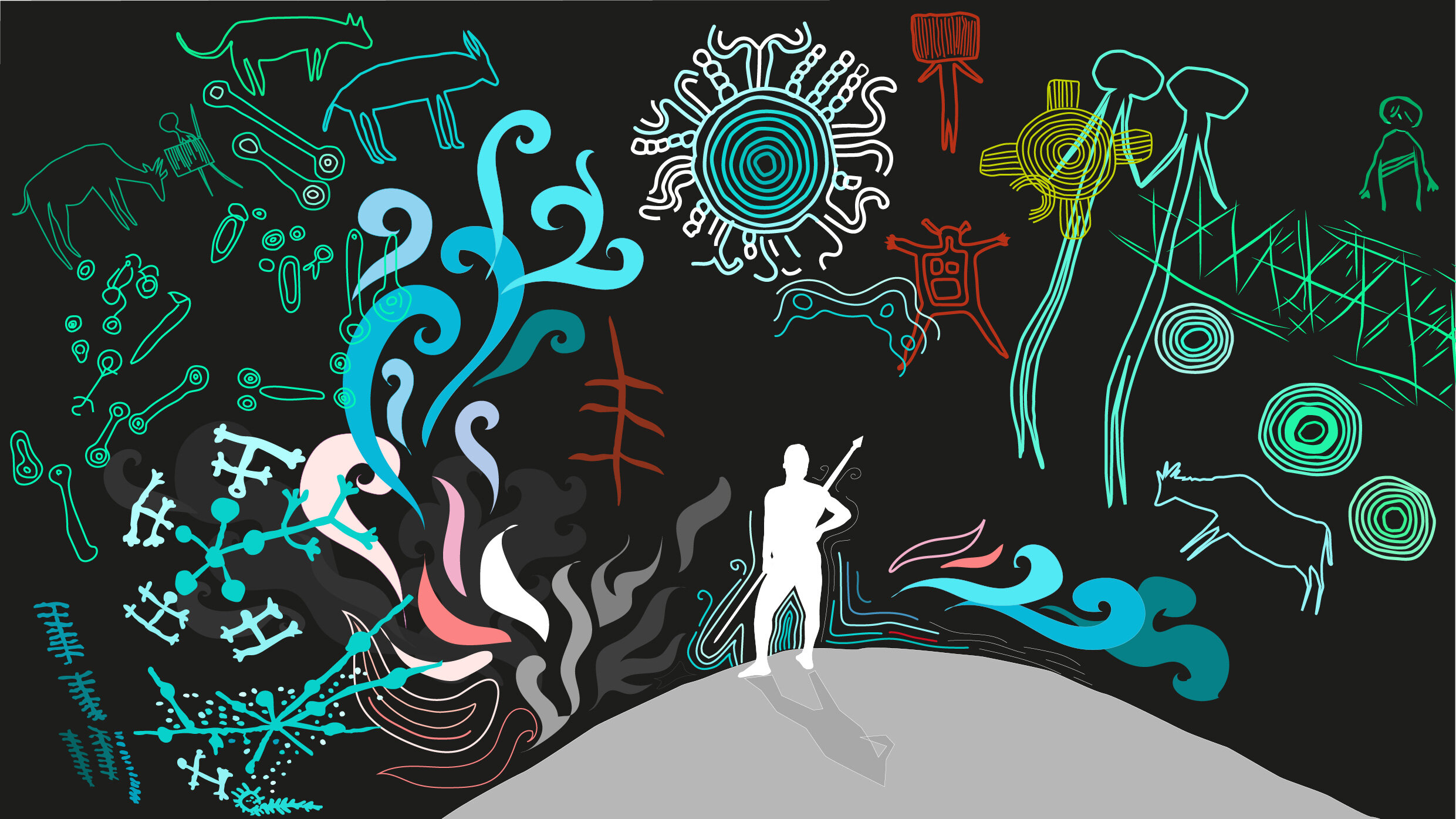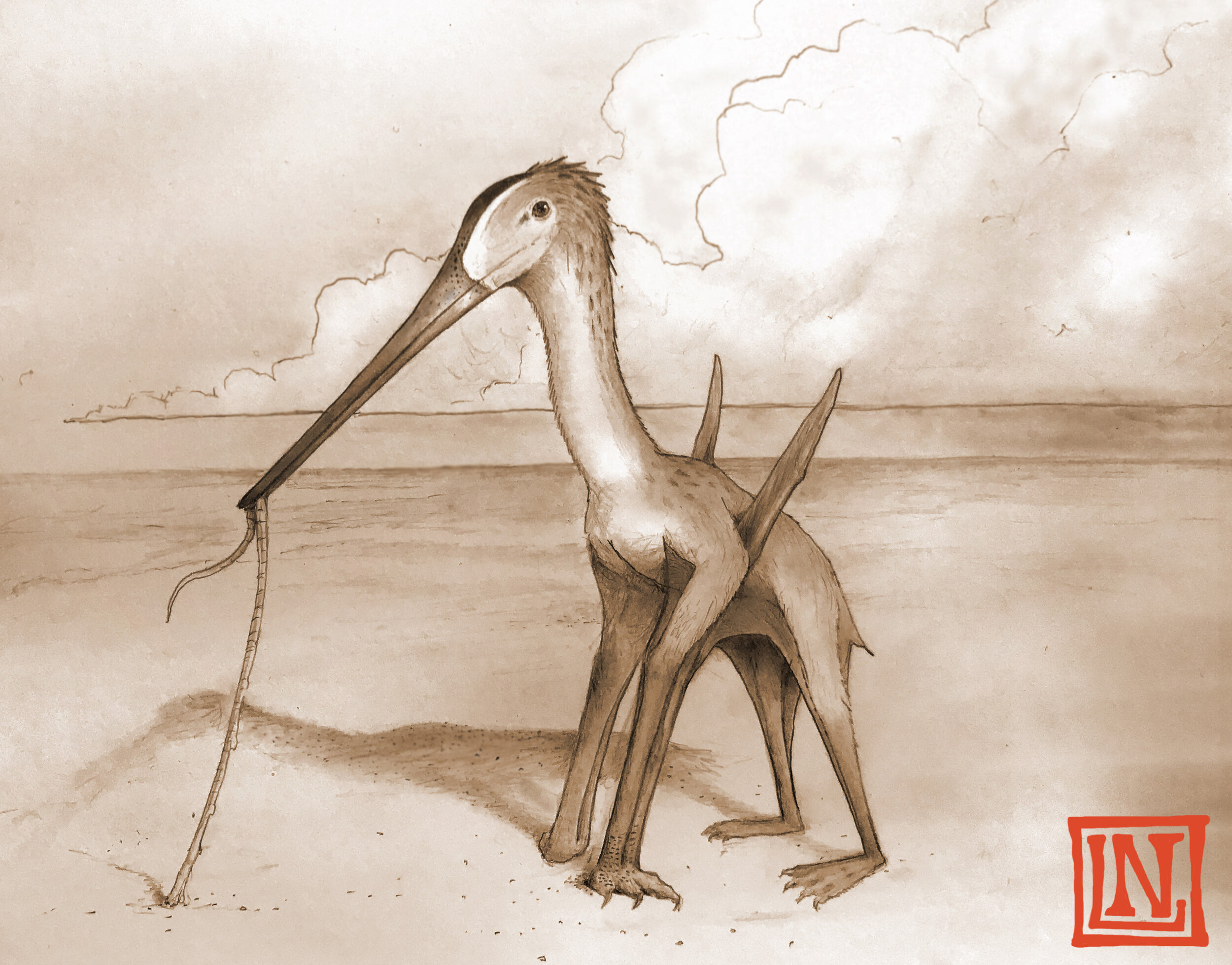Stoned in the Stone Age - When Did Humans Start Experimenting With Drugs and Alcohol?
Homo sapiens uses an incredible range of chemicals to alter our minds. When and how did this peculiar habit develop?
Almost human: who were the primitive Homo sapiens who lived alongside us?
Our DNA suggests modern humans evolved around 250,000 years ago, but Homo sapiens fossils known from this time are far from modern. They had big brow ridges, long skulls, and broad jaws like Neanderthals. But while they looked primitive, these people were our contemporaries, not our ancestors. Who were they- and why did we replace them?
Ajnabia odysseus - the first duckbill dinosaur from Africa
At the start of the Jurassic, 200 million years ago, Pangaea starts to break up. By 90 MYA, when duckbills evolved in North America, the breakup was finished- and Africa was isolated from the rest of the world by oceans. By the time duckbills appeared, there was no way for them to get to Africa. Yet they did.
Neanderthal spears
The javelin was a simple but deadly weapon that helped determine the outcome of battles- and therefore shape history- for hundreds of thousands of years. Perhaps no other weapon has played a larger role in our history.
Why I love this Lehman Brothers mug
My name is Ozymandias, King of Kings; Look on my Works, ye Mighty, and despair!
The Kiwi Pterosaur
A bit of beak- long and skinny, flattened top to bottom, shaped not like a pterosaur, but the beak of a kiwi bird- a bird that uses its long, skinny beak to probe in the dirt for worms.
The Out-of-Africa Offensive
The Sapiens-Neanderthalensis wars lasted perhaps 100,000 from the time our ancestors first left Africa, until the last Neanderthal was killed.
War in the Time of Neanderthals
To war is human- and Neanderthals were very, very human. We’re remarkably similar in the anatomy of our skeletons and skulls, and share 99.7% of our DNA. Behaviorally, Neanderthals were incredibly like us. They made fire, engaged in ritual burial, fashioned jewelry from seashells and animal teeth. They used ochre pigments, possibly for makeup, made art and stone circles. Given that they shared so many of our creative instincts, they probably shared our destructive instincts as well.
When did humans evolve to become fully human?
When did something like us first appear on the planet? It turns out there’s surprisingly little agreement.
Why some species thrived after catastrophe– some rules for making the most of an apocalypse
66 million years ago, an asteroid struck the Earth, ending the Cretaceous period. In a moment, the world plunged into darkness, killing the dinosaurs and >90% of all species alive. Today, every living thing descends from the handful of surviving species, but not all survivors thrived.
The Discovery of Hesperonychus elizabethae
The discovery of Hesperonychus was a long and tangled quest. One day, I was sorting through some microvertebrates from the Lance Formation, really old stuff, collected by Marsh during the Yale expeditions to Wyoming back in the late 1800s. I pulled out this little toe bone- it was virtually identical to a bone from the second toe- the one that bears the killer claw- of the large dromaeosaur Deinonychus, which was actually a few cases away in the same collections. But this one was from a small animal, about the size of a cat.
Pentaceratops aquilonius
Pentaceratops aquilonius is another of these museum discoveries- I was rummaging around in the Canadian Museum of Nature, looking for material of Mojoceratops, and ran across some frill pieces from the Manyberries area of southeastern Alberta. Wann Langston described the animal in 1959 and noted (correctly) that it most closely resembled Anchiceratops compared to the ceratopsian material that had been described. In fact, it was far more similar to Pentaceratops.
Texacephale langstoni
Texacephale langstoni is a small pachycephalosaur from Texas. Pachycephalosaurs are the so-called 'bone-headed' dinosaurs; their skulls are capped by a thick mass of bone that forms a sort of helmet over the top of the head. Only a few of them were previously known from Texas, all pretty scrappy.
Judiceratops tigris
Judiceratops tigris is a horned dinosaur from the Campanian of the Judith River Formation in Montana. It's a reasonably common animal there- four specimens are known- but unfortunately all of them are highly incomplete. Never the less, there is enough of the parietal- the diagnostic bit of the animal- to show that it's a new species. The back of the frill is broadly arched and has very low hornlets; the hornlets on the side of the frill become much larger towards the front, with large, ear-shaped hornlets at the front of the squamosals.
The Discovery of Titanoceratops ouranos
While writing up Mojoceratops, something strange happened doing the background research. Reading up other species, its relative Pentaceratops seemed to be a bizarrely variable animal. Most of the Pentaceratops skulls looked pretty similar to each other, showing pretty much the range of variation you’d expect in the skulls of a dinosaur species. But one skull was a massive outlier. It didn’t look at all like the others.














